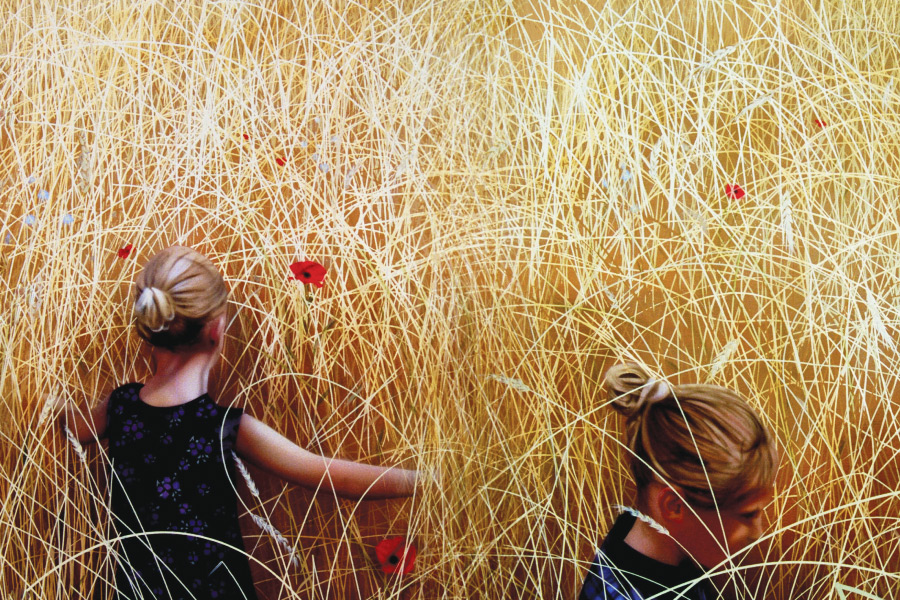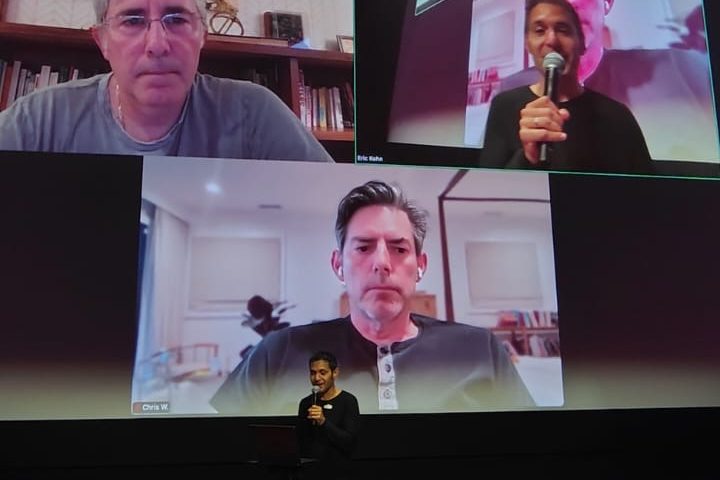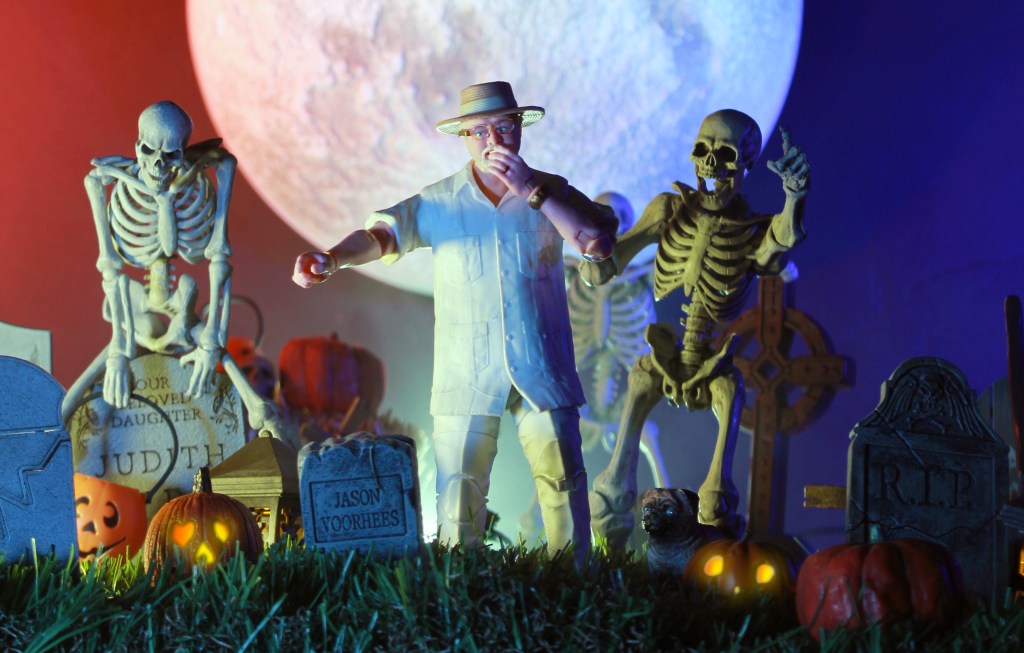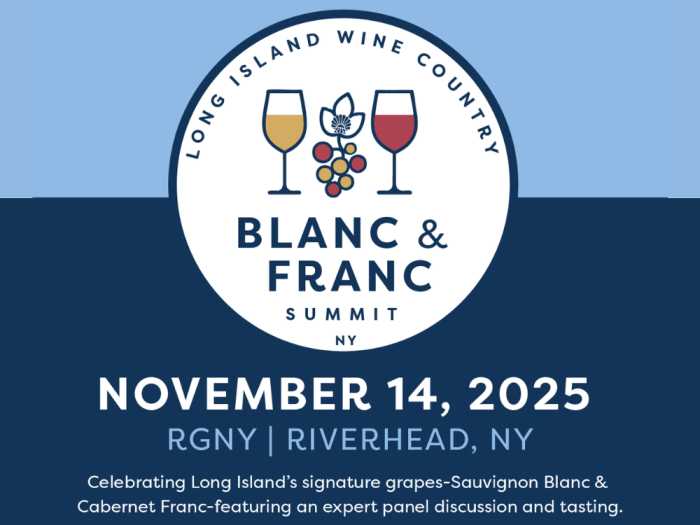A Chat with Dan's Papers Cover Artist Charles Wildbank

It may be disconcerting at first to Google photo realist painter Charles Bourke Wildbank and find the words “deaf artist” after his name.
Wildbank, who has been deaf since birth, wants viewers to know upfront not only why he cannot talk about his work, “like everyone else,” but, more significantly, “art was never a means to escape.”
Indeed, for anyone who might expect that frustration, anger or depression would prompt Wildbank to create macabre art, one only need look at this week’s cover art, “Sisters,” an oil on canvas. It couldn’t be more colorfully joyous or strategically composed to emphasize harmony between humanity and nature.
In “Sisters” the blades of wheat are flecked with sunlight, a few poppy-like red flowers dot the field and pull the eye to the high horizon line where the sky is a cloudless lapis lazuli blue. The girls, who look close in age, a sense of twinning that appears in several of Wildbank’s figure paintings, are surrounded by and reach out to swirling sheaths of whitish wheat that deepen down to yellow. They are totally absorbed, their faces barely seen, young innocents caught in a moment of time past.
What inspired “Sisters?”
Although this was commissioned by a patron to reenact childhood days with her sister in her native Germany, the actual models were from my hometown of Jamesport, and the shot was from my upstairs studio window with its sweeping view of the wheat fields on a hot afternoon.
You say that your travels following the sun enable you to continue doing outdoor portrait themes. How does the East End fit in?
I am very much an East End artist, going 35 years strong, exhibiting throughout the Hamptons. Many of my paintings depict an intimacy toward nature, especially by the sea: waves, seashells, surfing, etc. out of loving concern for preservation.
When did you start painting?
At the age of nine, with the support of nurturing parents and grandparents, and in all media, watercolor, oils, pastels, not to mention graffiti, which prompted me to draw. I attended Yale, Pratt and Columbia, though at this time, the ’60s, technology was still sparse for the hearing impaired. I was a good student, however, and a determined painter, I got my professional start doing a huge “giant sparkling rendering” of the Cartier diamond, which was exhibited in a window at Bonwit Teller’s. Then came portraits, an early one of my idol David Hockney and later on, one of Luciano Pavarotti. In 2003 Cunard commissioned me to do two 18’ murals for The Queen Mary. After decades of painting, I feel “more expressive and uncontained.”
How do you use photography?
Often I transfer portrait information from photos [from different angles] on the computer so that it fits my view of the person, an arm here, hands that way, that expression here, the windswept hair lock over there, etc. I also shift overall colors and even change backgrounds completely. I make the outlined-figure silhouettes on the blank canvas by means of a penciled or taped grid, while looking at my laptop screen. The entire painting application with real paints is done with traditional paintbrushes, with the photo image on the laptop next to my easel, from start to finish. Transformation is a constant throughout. Extra colors are intuitively selected; textures are improvised as well, since texture is [also] what a photo cannot convey.
Wildbank’s will be shown in an exhibition at Southampton Arts Center in Southampton April 24–May 17. (Opening reception April 25, 5–7 p.m.) Wildbank is also an annual participant in the summer Westhampton Beach Art Fairs.










